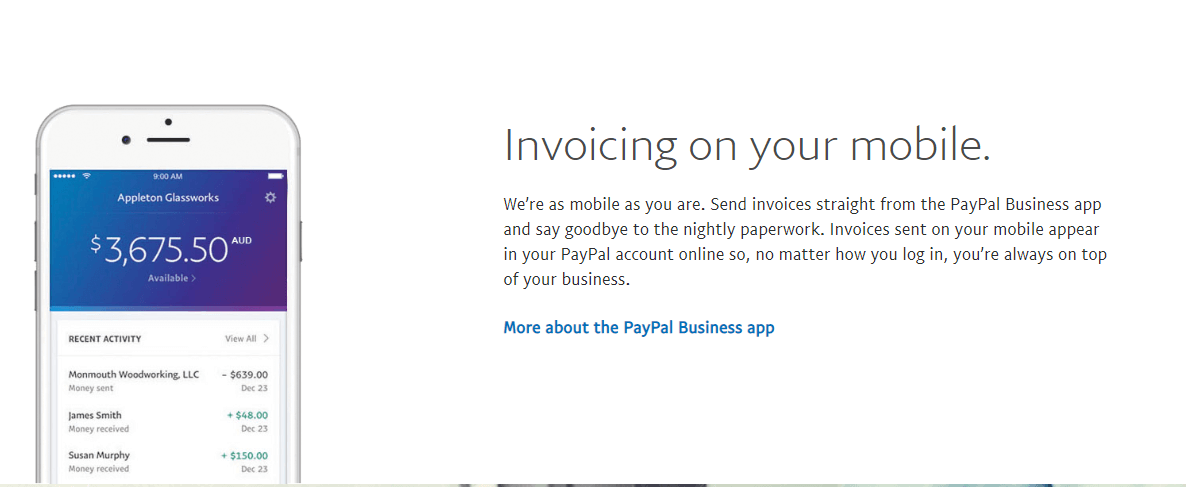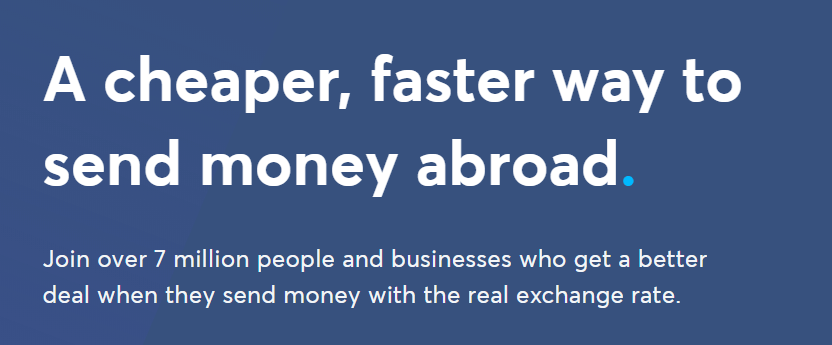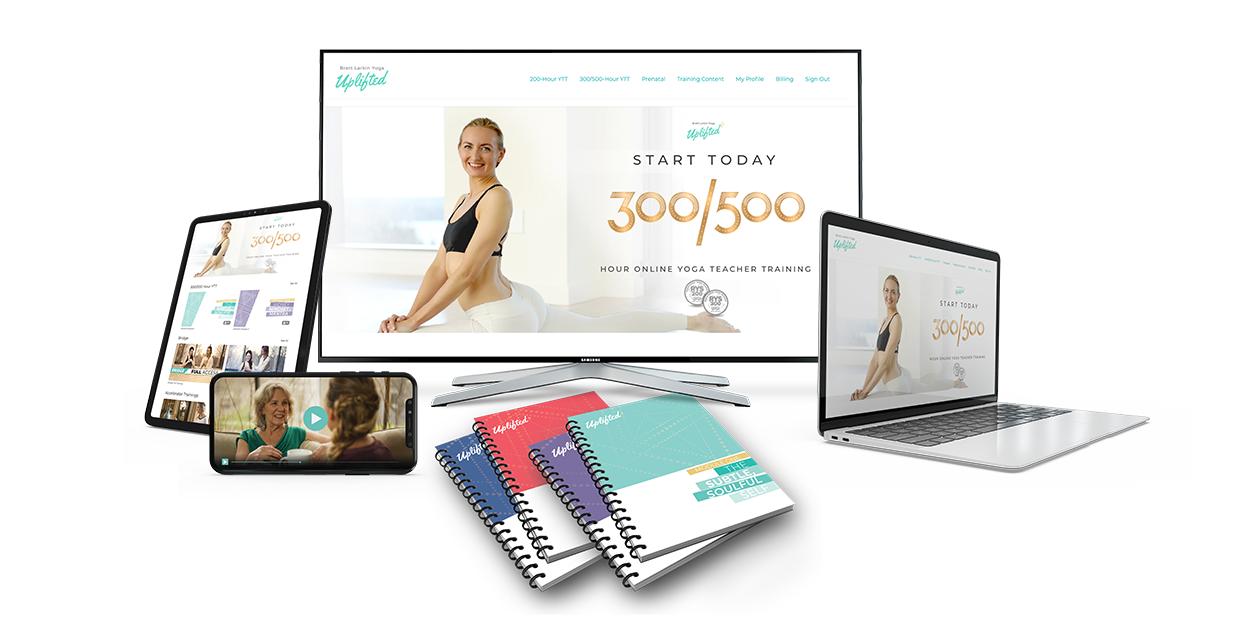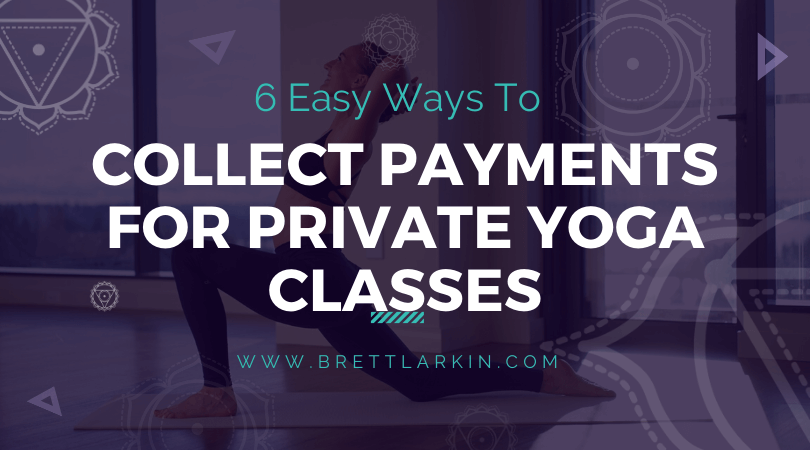Making the shift from working as a yoga teacher in a yoga studio to doing freelance work teaching private yoga classes?
Are you in the beginning stages of setting up online payment, but still unsure or confused about the many payment options available?
Whether you’re teaching private group classes, working with private clients, offering workshops or teaching kids yoga, streamlining your payment methods so they are hassle-free for your clients and less time consuming for you to collect is an important aspect of your freelance yoga business.
Check out this freelancer’s guide to receiving payments…so your full-time job can be teaching yoga and not collecting late payments. Keep reading to learn more about some of the most popular online payment methods available to private yoga teachers.
Helpful Resource: Why You Need a Yoga Intake Form (Free Download)
The 6 Best Forms of Payment for Private Yoga Teachers
Whether you’re collecting payments for live Zoom yoga classes online or private yoga classes at the park, it’s important to have a system in place that works for both you and your students. Being a private yoga teacher is the best way to boost your yoga instructor salary, apart from teaching yoga online, so it’s time to start collecting that cash money.
1. Checks
Not only is accepting checks one of the most hassle-free ways to receive payment as a freelance yoga instructor, it is also the preferred method of payment for many clients who choose not to use credit cards.
And it avoids the whole problem with having to make credit card payments online.
There are no fees for depositing checks into your personal or business bank account; however, unlike a debit or credit card payment, bank transfer or direct deposit, there can be a substantial waiting period before the funds are available to you.
If you have the flexibility and cash flow to wait to be paid, accepting checks may be one of the best options for your business, but if you need the funds available as soon as possible, electronic payment options may be better.
Pros:
- eliminates extra steps your student has to take to pay you
- you can deposit your check immediately with most banking mobile apps
- no processing fees
- it’s secure
Cons:
- not many millennials really use checks anymore
- some people may not carry their checkbooks with them, so it could be easy to forget
- if you can’t deposit the check via a mobile banking app, then you have to physically go to an ATM
2. PayPal
Most people are familiar with Paypal. It is a very popular online payment option and has become even easier to use over time.
Through PayPal yoga teachers can accept credit card payments online or by phone. It’s free to set up an account and when your client pays, funds transfer instantly to your PayPal account, which you can then transfer right to your bank account. Transfers to your bank take at least one business day, but you do have the option to use your PayPal debit card to draw funds instantly from your PayPal balance.
PayPal also allows you to generate and track invoices through your PayPal account, allowing you to account for each invoice generated and payment received. This is a great perk to not only keep track of invoicing and payments but also your clients, memberships and private yoga sessions. You can even do everything right from your phone through their business mobile app.

The biggest downside to using PayPal is the fees. Paypal has a 2.9% transaction fee based on the amount you receive, plus a $0.30 fee per transaction. This may not seem like a lot, but over time and with larger purchases like yoga retreats or memberships, these fees can add up.
Pros:
- most people use PayPal, so it’s very likely that your student already has an account
- it’s super easy to send payments via their mobile app
Cons:
- there can sometimes be a delay in transferring the money to your bank account
- if you’re running as a business account, there is a transaction fee
3. Venmo
Venmo is a mobile payment service owned by PayPal that continues to grow in popularity. You can download the Venmo app right on your phone and be notified instantly when you receive payment.
Similar to social media, your Venmo account has a feed chronicling your transactions and depending on your privacy settings, you can “like” and “comment” on transactions.
Where there is a standard 3% fee for credit card transactions made using Venmo, if you pay via your bank account, debit card or Venmo balance, transactions are free.
Once you receive payment to your Venmo account, you can opt to transfer your funds to your bank immediately (for a fee) or wait three business days for funds to transfer for free.
Pros:
- this is the easiest app to send and receive payments as long as both users have it
- you can even send a request for payment, making it super easy to remind your students to pay up
Cons:
- there is a transaction fee for using credit cards
- it’s only available in the US, making it impossible to use with any students with bank accounts and phone numbers from other countries
4. Credit Cards
For those yogis who prefer to pay for their private sessions, class passes and other programs with credit cards, there are more options available for you as a freelance instructor to accept payments.
As you’ve already learned, both Paypal and Venmo offer your private clients the option to pay via credit card, but you can also accept credit cards using
While many of these options allow you to receive payments via credit card, be sure to closely read about and research payment terms, fees and cancellation policies to avoid a negative and costly experience.
Pros:
- If you have all of the above options, then there is virtually no excuse for getting paid
Cons:
- you have to set up accounts for each of the above payment platforms
- some of them will have fees
5. Electronic Funds Transfer
Many studio owners use electronic funds transfers (EFT) to payroll instructors who teach in their studio, offer specialty workshops or lead yoga and meditation trainings.
With EFT payments move directly from one bank to another and once the transaction is complete, there is no need to transfer the money again like you would with some of the other payment methods we have discussed.
While EFT is one of the easiest, quickest and least costly ways to get paid, it requires that both your bank and your client’s bank must accommodate those requests, which can often be difficult and costly depending on the bank.
Pros:
- If you and your student can set it up, then it makes it super easy and safe to transfer money
- some students might feel more secure making payments this way
Cons:
- it’s kinda a pain to set up
- not all banks will be compatible for this
6. Accounting Software
Invoicing software programs like QuickBooks or FreshBooks can create invoices and make payment easy for your clients, as well as help you track your teaching, class passes and memberships.
As your freelance yoga business grows, investing in an invoicing system like QuickBooks will help you to stay organized through invoice generation and payment processing all done through Intuit Payment Network. QuickBooks works really well for high volume processing like payroll, teacher trainings and yoga retreats.
If you offer mostly private lessons and classes or subcontract other freelancers to teach yoga sessions for your business, FreshBooks may be the better option for you. Many teachers find FreshBooks to be easier to use than Quickbooks.
You can also use accounting software to track expenses like continued education, Yoga Alliance dues and liability insurance premiums.
Both are great options to help your yoga business stand out and look professional.
Pros:
- it makes everything super easy to organize
- it’s easy to create invoices on these kinds of programs
- it allows students to choose their payment methods
- it makes it easy to organize your finances when it’s time to file your taxes
Cons:
- it’s usually a paid service
- there is a bit of a learning curve once you set it up
7. Square Cash
Similar to PayPal and Venmo, SquareCash is another online option for freelancers to accept money.
Instead of moving money from your online account into your bank account, funds transferred through Square Cash go directly to your checking account. Similar to electronic fund transfers, it may take several business days for the money to transfer to your account.
The fee for Square Cash is slightly less than PayPal and when using Square Cash for personal use, transferring funds from one person to another, it is free.
Another perk is that your clients do not need to set up a Square Cash account or app to make a payment, they can pay right online from the Square Cash website.
Pros:
- no account is needed to make a payment
- the fees are relatively cheap for a payment service
Cons:
- there are fees
- it may take a few days for the money to hit your bank account
8. TransferWise

Online yoga continues to grow in popularity. People across the globe are coming together to teach yoga & mediation, to train and cultivate international, online yoga communities.
When you begin to gain international clients looking to book and pay for your private yoga lessons, trainings or retreats, you have to not only consider secure methods to receive funds but also exchange rates.
TransferWise has become one of the most trusted online money transfer services used to send and receive money abroad. They pride themselves on low costs, no hidden fees and accurate exchange rates.
Pros:
- it’s a super secure payment platform
- they have fair exchange rates
- it is an international service, making it easy to work with students from abroad
Cons:
- the fees are pretty steep, even if not hidden
Read Next: My Exact Tech Tools For My Million Dollar Online Yoga Platform
Tips for Getting Paid On Time As A Yoga Instructor
Make it as easy as possible
Whether you are teaching group classes, children’s yoga, private lessons or offering yoga therapy, consider using memberships and class passes rather than having clients pay you before each session.
Provide multiple options for payment, including “pay now” buttons on invoices or detailed instructions for paying via an app or by check. This way your clients can choose the method that they are most comfortable with as easily as possible.
The fewer steps that your students have to take to pay you, the better your yoga business cash flow will be.
Invoice often and regularly
If you are not offering memberships and invoicing monthly, be sure to invoice after each service in a timely manner.
Unfortunately, sending an invoice doesn’t always insure a payment. Take care to follow up with clients who are slow to pay.
Consider investing in invoicing software like QuickBooks or FreshBooks to help track and stay on top of unpaid invoices.

Sneak Peak into My 300-Hour YTT - FREE Videos, Info Session, Bonuses!

YOU MIGHT ALSO LIKE
- Somatic Yoga Workshop Ideas for Teachers
- Somatic Yoga For Yoga Teachers: Everything You Need to Know in 10 Steps
- How to Teach Somatic Yoga: A Practical Guide for Instructors
- How Much to Charge for Zoom Yoga Class: A Practical Pricing Guide
- Comprehensive Guide to Your Yoga Service Agreement
- How To Create Mindful Somatic Yoga Sequences Your Students Will Love
- What Is Mindset Coaching? A Complete Breakdown
- 5 Affordable Yoga Teacher Insurance Plans (Updated 2024)
- How To Make A Life Coaching Intake Form
- 7 Steps To Start A Life Coaching Business
- What Is A Self Love Coach? And How To Become One
- Self-Coaching: How To Become Your Own Life Coach
- Types Of Life Coaches: How To Choose Your Life Coaching Niche
- 20 Awesome Ways To Make Money As A Yoga Instructor
- Life Coach Marketing: A Comprehensive Guide For Long-Term Growth









